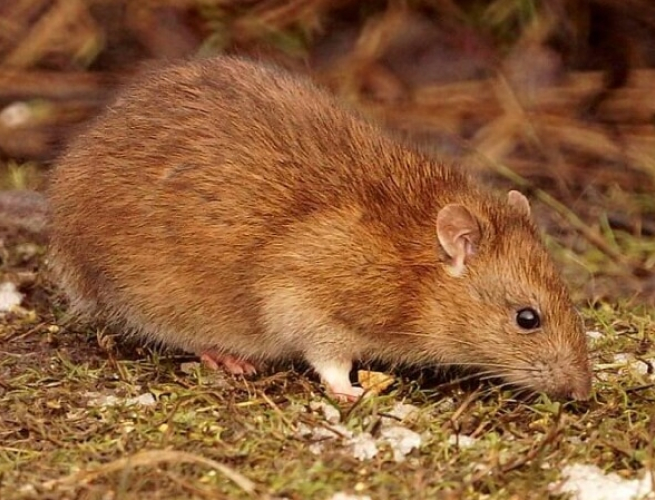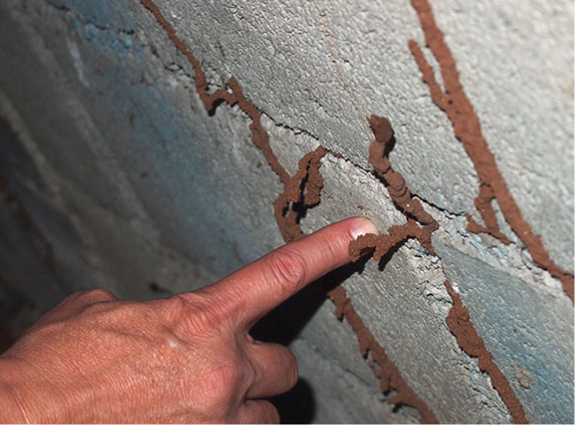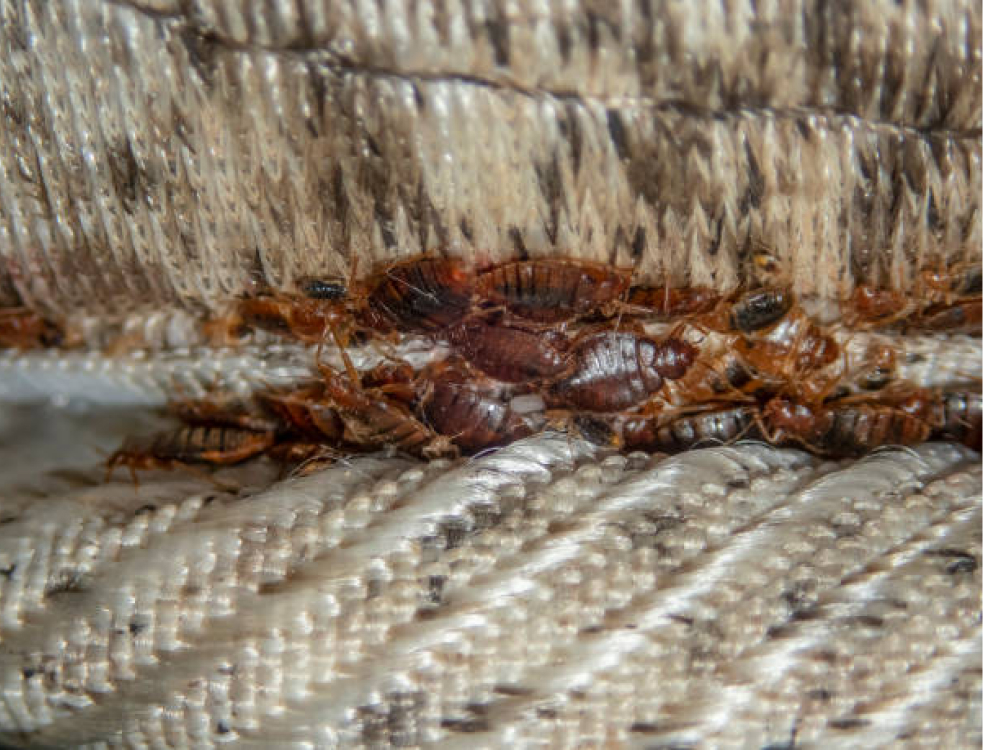Bed bugs are tiny, elusive pests that can turn a peaceful night’s sleep into a nightmare. These blood-sucking insects have become a global problem, infesting homes, hotels, and various other spaces. Dealing with a bed bug infestation requires prompt and effective action. In this blog, we will explore the various bed bug treatments available, helping you make an informed decision to reclaim your living space.
Different Bed Bug Treatments
Chemical Treatments:
Chemical treatments are among the most common and traditional methods employed for the elimination of bed bugs. Insecticides specifically formulated for bed bug control are applied to areas where infestations are detected. These chemicals come in various forms such as sprays, powders, or even foggers designed to disperse the insecticide over a wider area. It is crucial to follow safety guidelines when using these products, as they often contain potent chemicals. While over-the-counter options are available, hiring a professional pest control service is recommended to ensure the correct application and effectiveness of the chosen chemical treatment.
Heat Treatment:
Bed bugs are highly vulnerable to heat, making heat treatment a potent eradication method. This approach involves raising the temperature of the infested area to a level that is lethal for bed bugs, including their eggs. Specialized equipment like steamers or industrial heaters is used for this purpose, ensuring that the heat reaches hidden crevices where bed bugs may be hiding. Heat treatments are known for their ability to provide a comprehensive solution by targeting bed bugs at all stages of their life cycle.
Cold Treatment:
Just as bed bugs succumb to high temperatures, they are also susceptible to extreme cold. Cryonite machines utilize carbon dioxide to create extremely low temperatures, causing rapid freezing and subsequent death of bed bugs. Cold treatment is particularly effective for localized infestations and is often employed in conjunction with other methods to ensure a more thorough and comprehensive approach to bed bug eradication.
Diatomaceous Earth:
For those who prefer a more natural and chemical-free approach, diatomaceous earth is a viable option. This substance is a natural and non-toxic powder that is strategically sprinkled in areas where bed bugs are present. Diatomaceous earth functions by dehydrating the insects, ultimately leading to their demise. While it may take some time to witness visible results, this method provides a safer alternative for individuals who are concerned about the use of chemical insecticides.
Mattress Encasements:
Mattress and box spring encasements act as a protective barrier against bed bugs, preventing them from infesting or escaping these areas. These covers are typically crafted from a tightly woven fabric that bed bugs cannot penetrate, essentially trapping any existing bugs within the encased mattress. While encasements don’t directly eliminate an existing infestation, they play a crucial role in preventing the spread and recurrence of bed bugs, making them an essential component of a comprehensive bed bug management strategy.
Professional Pest Control Services:
To tackle some pests you need professional pest control services and bed bugs are one of them. Engaging the services of a professional pest control company is often the most reliable and efficient way to address a bed bug infestation. Experienced professionals bring expertise to the table, allowing for a thorough assessment of the infestation’s extent. They can recommend an appropriate treatment plan tailored to the specific situation and ensure the proper and comprehensive application of chosen methods. Moreover, professional pest control services often include follow-up visits to confirm the complete eradication of bed bugs, providing homeowners with peace of mind and a long-term solution to their pest problem.
What Should You Do After the Bed Bug Treatment is Done?
After completing a bed bug treatment, it’s essential to take certain precautions and follow-up steps to ensure the effectiveness of the treatment and prevent a re-infestation. Here’s a comprehensive guide on what to do after a bed bug treatment:
Wait for the Recommended Time:
If you’ve hired a professional pest control service, they will provide you with specific instructions on when it’s safe to re-enter the treated areas. It’s crucial to wait for the recommended time to allow the pesticides or other treatment methods to take full effect.
Ventilate the Area:
Once it’s safe to return, ventilate the treated space thoroughly. Open windows and doors to let fresh air circulate and help disperse any lingering odours from the treatment.
Clean and Declutter:
Bed bug treatments are more effective in environments that are clean and clutter-free. Consider decluttering and thoroughly cleaning your living space. Vacuum carpets, upholstery, and any treated areas. Dispose of the vacuum bag in a sealed plastic bag outside your home.
Wash Bedding and Clothing:
Launder all bedding, clothing, and linens that may have come into contact with bed bugs. Use hot water and high heat in the dryer to ensure that any remaining bed bugs, their eggs, or nymphs are eliminated.
Inspect and Monitor:
Regularly inspect treated areas for any signs of bed bug activity. Look for live bugs, shed skins, or faecal stains. If you notice any resurgence of bed bugs, contact your pest control professional immediately.
Follow-Up Treatments:
Some treatment methods may require follow-up applications to ensure the complete eradication of bed bugs. Follow the recommendations provided by your pest control professional and schedule any necessary follow-up treatments.
Implement Preventive Measures:
Continue practising preventive measures to reduce the risk of future bed bug infestations. This includes regular cleaning, minimizing clutter, and being cautious when bringing second-hand furniture or clothing into your home.
Remember, the key to successful bed bug management is a combination of prompt action, thorough treatment, and ongoing preventive measures. Regular vigilance and maintenance will help ensure that your home remains free from bed bugs.
Conclusion
Bed bug infestations can be distressing, but with the right treatment approach, you can regain control of your living space. The key is to act promptly, assess the severity of the infestation, and choose a treatment method that suits your preferences and circumstances.
Engaging a professional pest control company adds an extra layer of assurance to the process. Their expertise allows for a thorough evaluation of the situation, precise identification of treatment needs, and the implementation of a targeted strategy. Whether you opt for chemical treatments, heat or cold methods, or a combination of approaches, the goal is to ensure a bed bug-free environment for a peaceful and restful sleep.
Professional pest control services not only bring efficiency to the treatment process but also provide valuable guidance on preventive measures, ensuring a long-term solution to the persistent issue of bed bug infestations.







